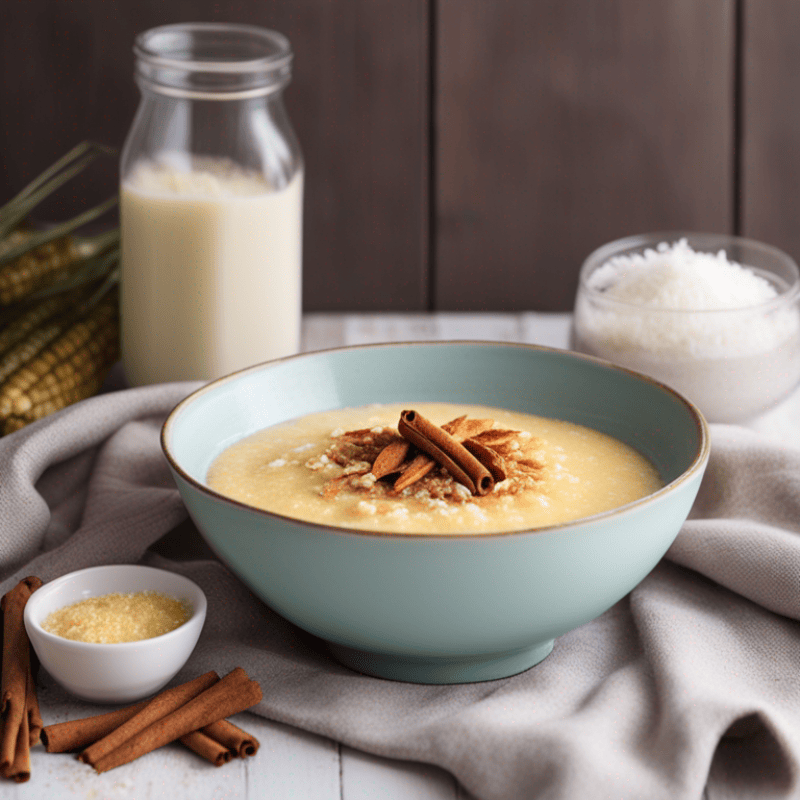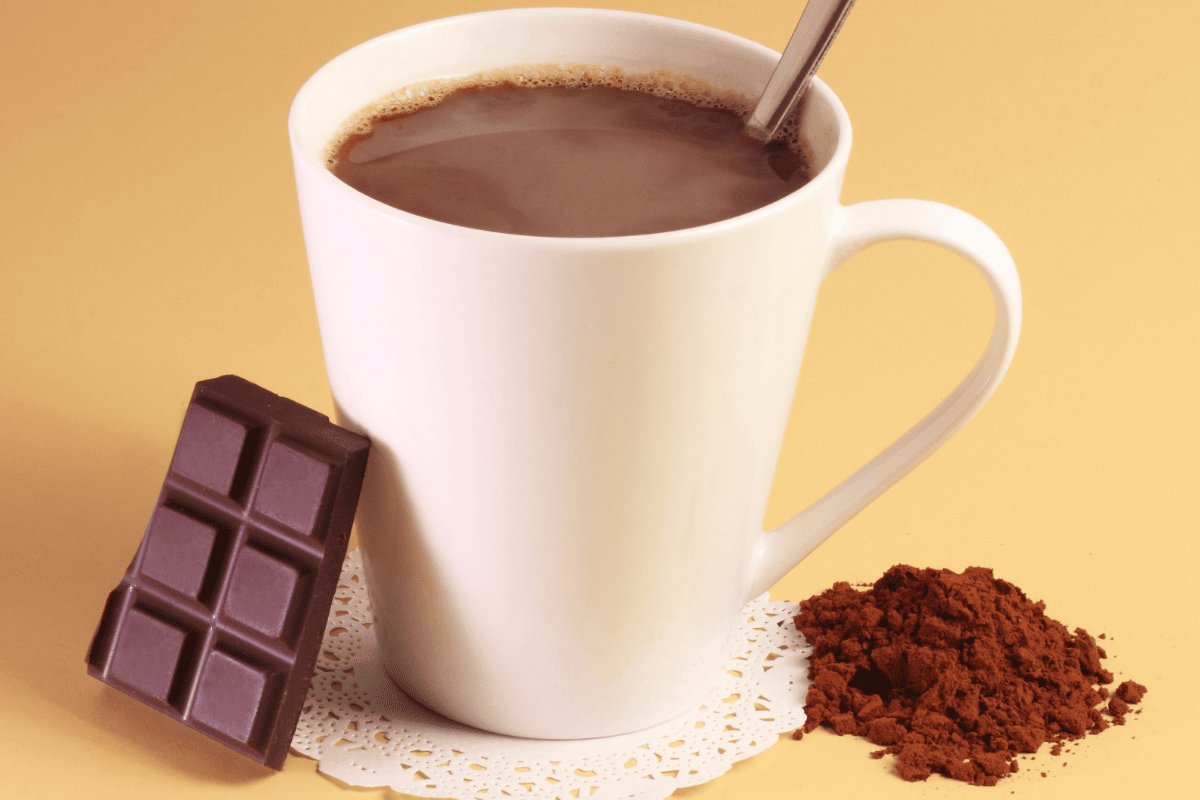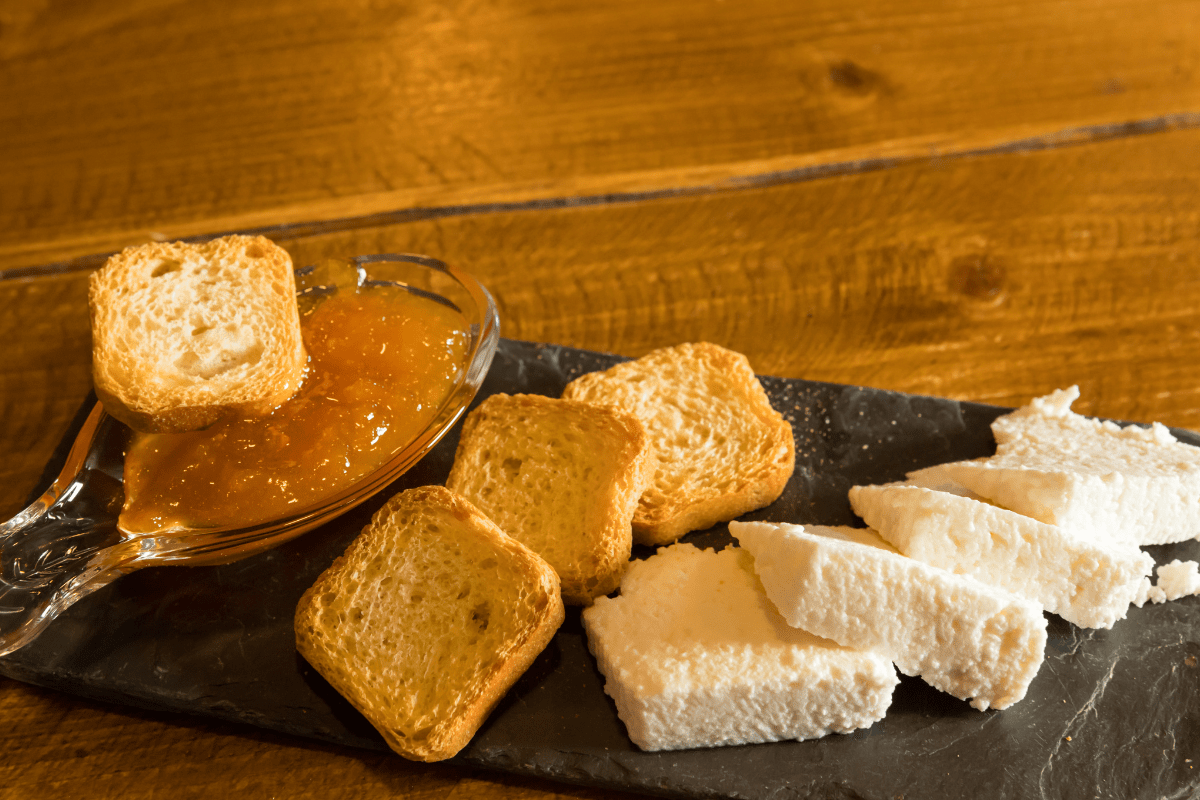
Corn dishes are extremely popular in Brazil, especially in sweet favorites like curao de milho, cornmeal cake, and pamonhas. Today’s recipe is another sweet treat featuring corn: cornmeal porridge with coconut milk and, of course, sweetened condensed milk. Infused with warming spices, it is the perfect comfort dish on a cold winter morning.
Do Brazilians Eat Cornmeal Porridge for Breakfast?
Generally speaking, breakfast in Brazil is a light meal with milky coffee and a little starch, like a buttered roll or slice of baguette. While porridge is generally consumed in the States as a breakfast item, this creamy cornmeal version is more often eaten as a dessert or snack during the Festas Juninas in Brazil.
The Festas Juninas take place shortly after the country’s second harvest of sweet corn. They honor St. John the Baptist and are meant to celebrate the harvest, with plenty of corn dishes for sale. It is, after all, winter in the Southern Hemisphere, so warm, comforting dishes are in order. As a cheap and plentiful crop, you’ll find corn just about everywhere: popcorn, roasted corn on the cob, sweet corn pudding, cornmeal cakes, and even on top of hot dogs.
Where Does Cornmeal Porridge Come From?
Cornmeal porridge is called “canjica” in Portuguese. Like many dishes, it likely arrived with slaves from West Africa. The Bantu languages have similar words to describe dishes made from ground corn.
From Portuguese, “canjica” also refers to hominy, which is dried corn kernels that have been soaked in an alkali solution (sometimes lye). Traditional Brazilian recipes for canjica often call for canned or dried hominy in place of cornmeal. This is certainly an option, but we like the cornmeal for simplicity and speed.
Toppings for Cornmeal Porridge?
This canjica is already infused with lovely spices and vanilla, as well as that sweet shredded coconut. It really doesn’t need much on top, except another dash of cinnamon and a few coconut flakes. That being said, you can kick it up a notch with a few toppings that pair well with the other flavors:
- Fruit: bananas, peaches, and apples work especially well with the cinnamon and coconut
- Cream: a splash of heavy whipping cream never goes amiss with a good bowl of porridge
- Roasted peanuts: many Brazilians like to top their canjica with some chopped roasted peanuts for added crunch and flavor
- Shaved chocolate: why not? Chocolate is always welcome, and with the cinnamon, the taste would be reminiscent of a lovely Mexican hot chocolate.
Cornmeal Pudding Recipe
Ingredients:
1 cup cornmeal
2 cups water
1 can (13.5 oz) coconut milk
1/2 cup shredded coconut
1/2 cup condensed milk
1 teaspoon ground cinnamon
1/2 teaspoon ground nutmeg
1 teaspoon vanilla extract
Pinch of salt (optional, to taste)
Additional condensed milk or brown sugar for sweetening (optional)
Instructions:
- Prepare the Cornmeal Mixture: in a bowl, mix the cornmeal with 1 cup of water until it forms a smooth paste.
- Cook the Cornmeal Mixture: in a pot, bring the remaining 1 cup of water to a boil. Once boiling, gradually add the cornmeal mixture to the pot while stirring continuously to prevent lumps from forming.
- Add Coconut Milk and Shredded Coconut: lower the heat to medium and stir in the coconut milk and shredded coconut. Let the mixture simmer gently for about 10-15 minutes, stirring occasionally, until it thickens to your desired consistency.
- Add Condensed Milk and Spices: pour in the condensed milk and stir well to combine. Add the ground cinnamon, ground nutmeg, vanilla extract, and a pinch of salt if desired. Continue to simmer for an additional 5 minutes, allowing the flavors to meld together.
- Adjust Consistency and Sweetness: if the porridge is too thick, you can add more water or coconut milk to reach your desired consistency. Taste and adjust sweetness by adding more condensed milk or brown sugar, if needed.
- Serve: once the porridge reaches your preferred consistency and sweetness, remove it from the heat. Serve warm in bowls, garnished with a sprinkle of ground cinnamon or shredded coconut on top if desired.
Enjoy!



